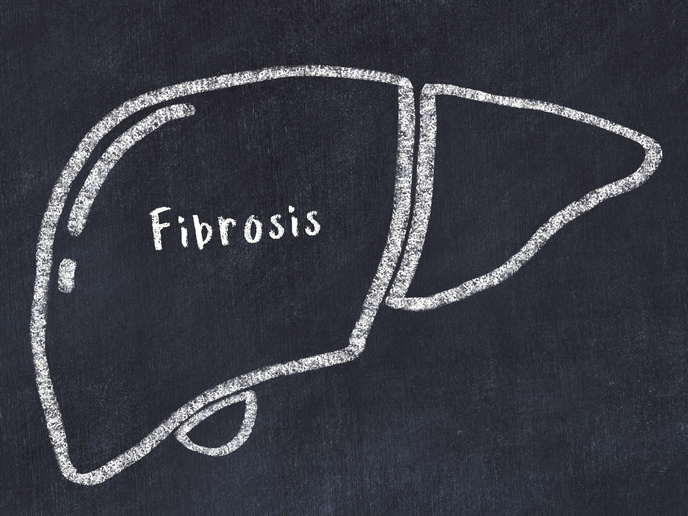Device for diabetic foot ulcers
The EU-funded 'Device for prophylaxis and treatment of diabetic foot ulcers for hospital and home use' (PREVENTDFU) project is undergoing research to remedy this situation. A prophylactic device prototype called FlowOxTM will be developed to prevent or treat DFUs for use in homes or nursing homes. This device will modify existing pulsating negative pressure technology and use it to increase blood flow and prevent wound formation or stimulate healing at the ulcer site. Scientists also worked on determining the optimal means of restoring blood flow in the lower extremities or limbs of diabetic patients using pulsating negative pressure. For this purpose, the prospective patient cohort will include diabetic or non-diabetic patients with peripheral arterial occlusive disease along with healthy subjects. Requisite ethical approvals for the study were obtained successfully and pilot experiments have already started. Study outcomes will help determine optimal treatment protocols and negative pressure settings. PREVENTDFU scientists completed a comprehensive literature review encompassing the medical and biomechanical aspects of the device. Also, user trials were conducted to gain their perspective on DFU treatment requirements and issues with orthoses, externally applied devices used to modify the structural characteristics of the neuromuscular and skeletal system. Based on those for ankle foot, design specifications were incorporated into the principal design and a preliminary risk analysis carried out. This resulted in the manufacture and testing of wearable leg-and-foot chamber prototypes to further optimise design. In parallel, work is ongoing to develop and optimise the other device components such as the control system, pump, valves, user interface, power supply, pressure sensor, data logging system and housing. Ultimately, the FlowOxTM device will improve the quality of life of diabetic patients by reducing their risk for DFU-related toe, foot and leg amputations. This would also result in substantial health care savings and boost the European medical device manufacturing, nursing and assisted living sectors.







